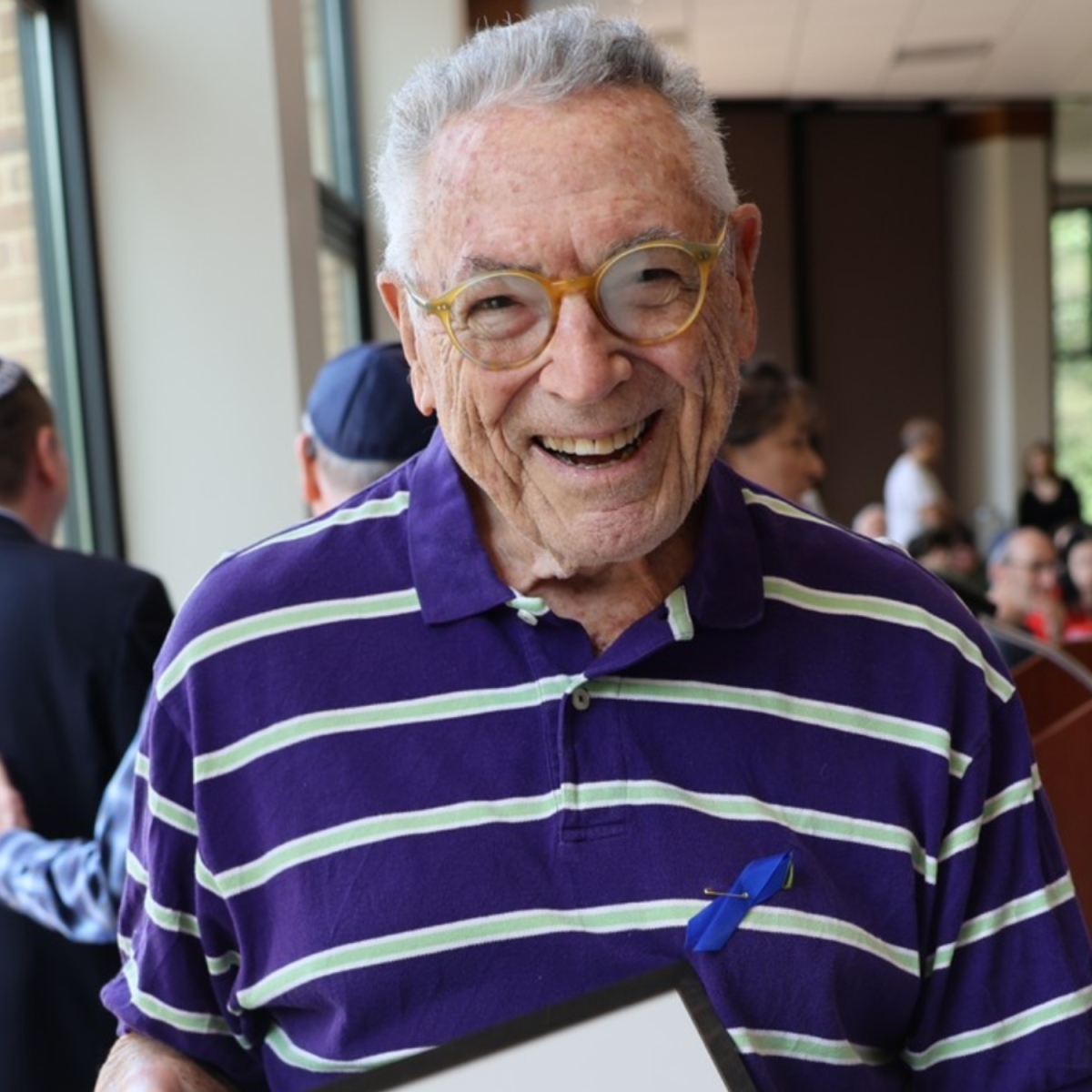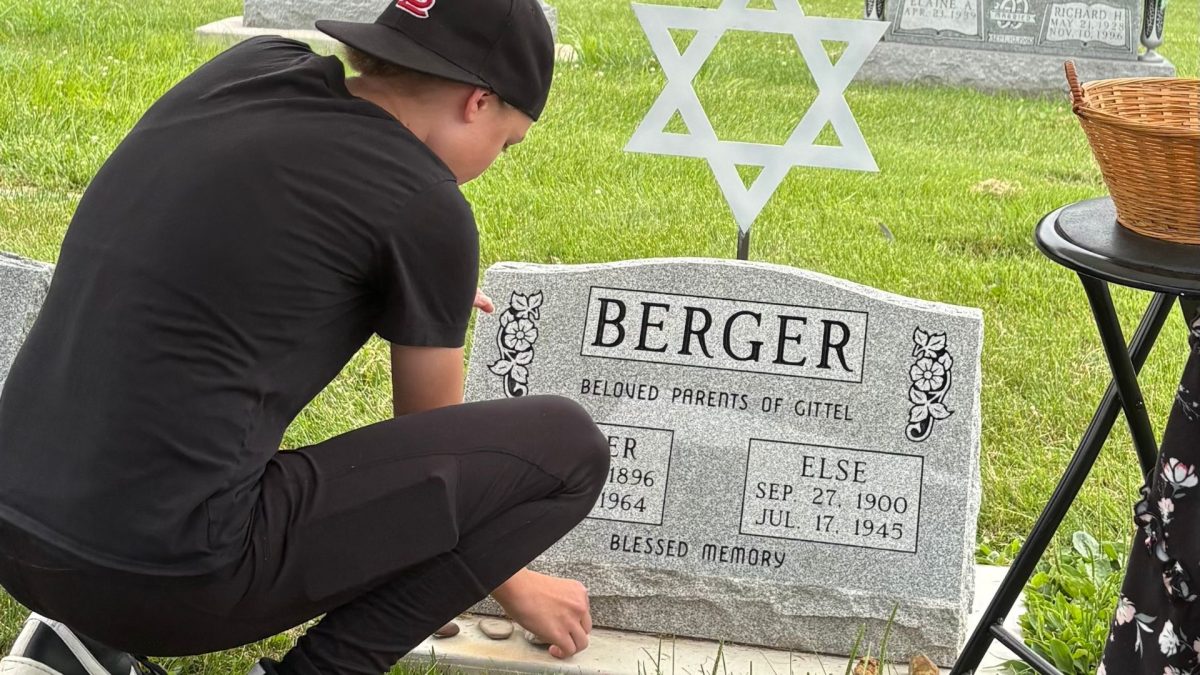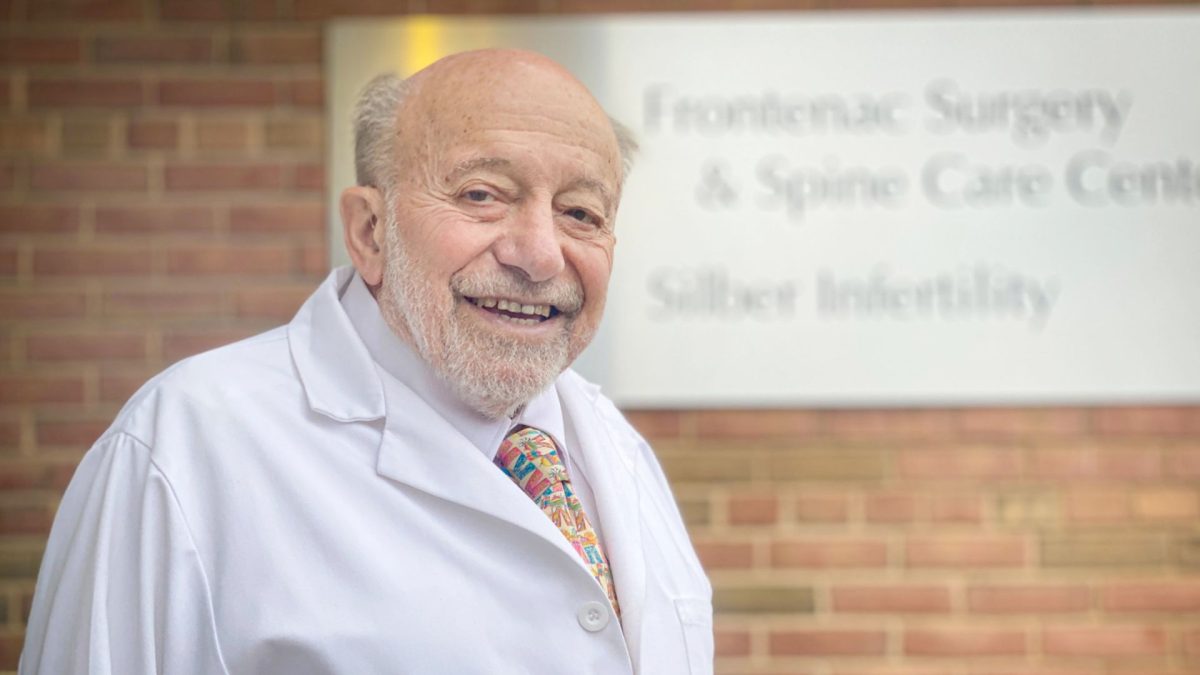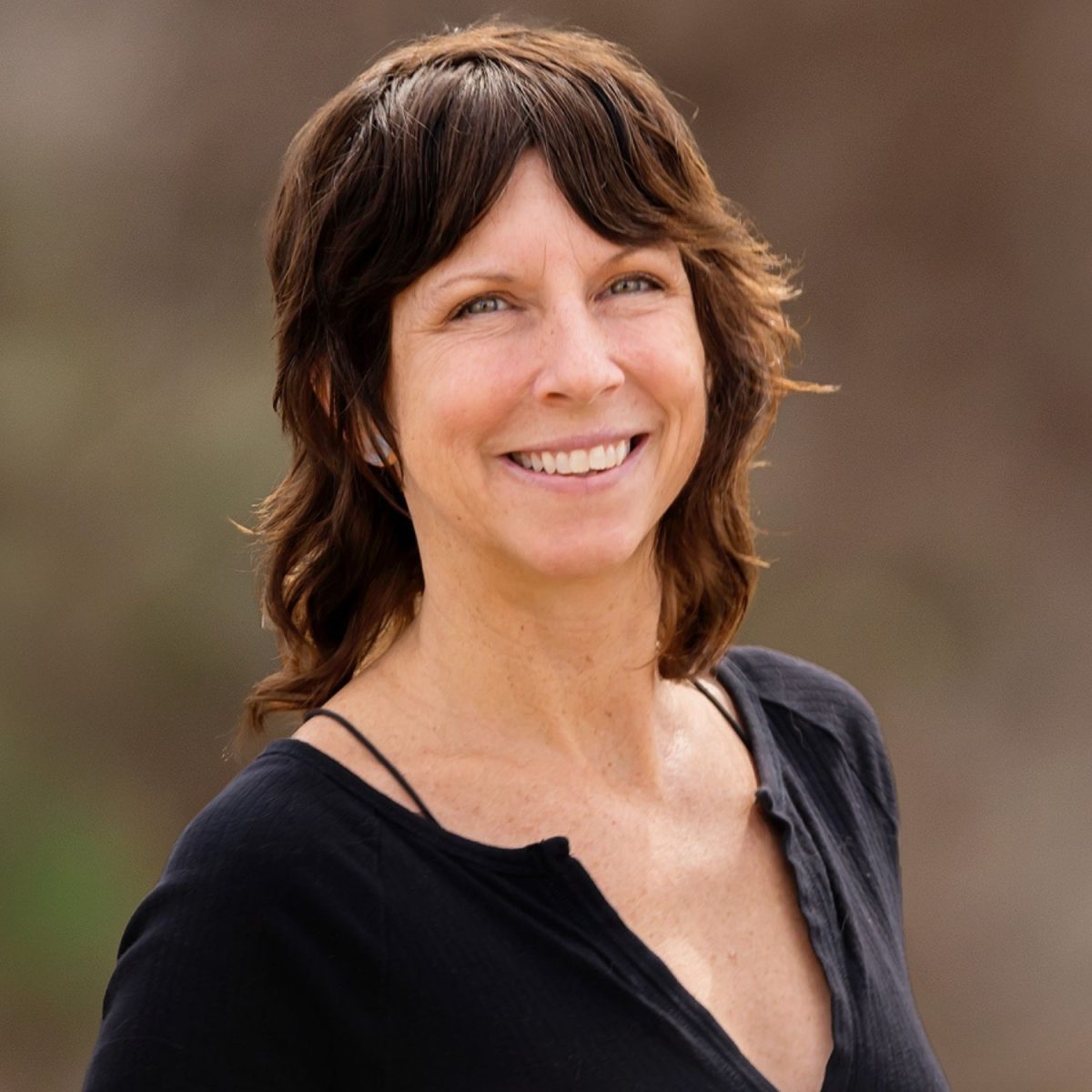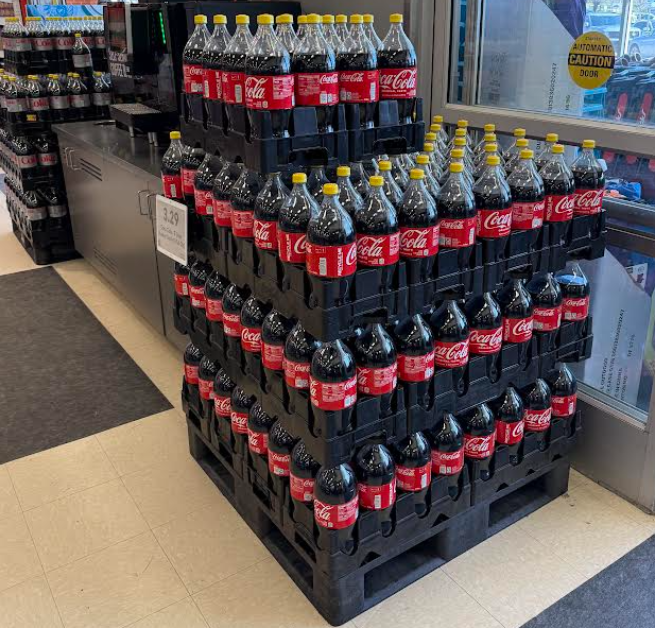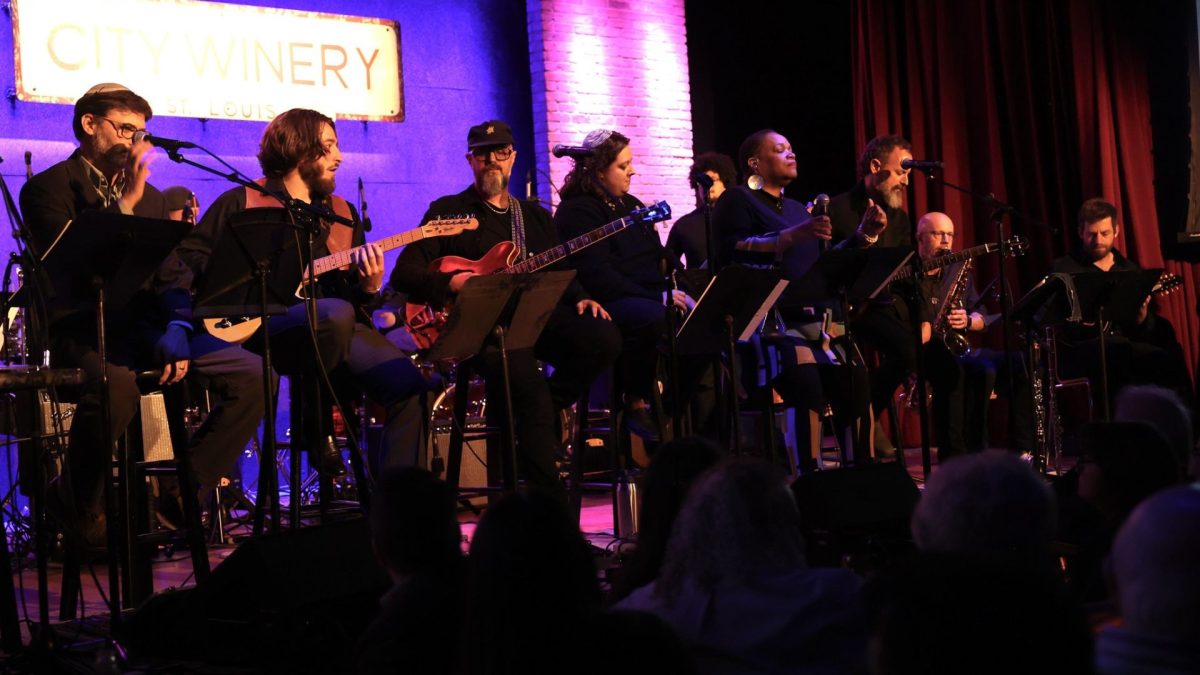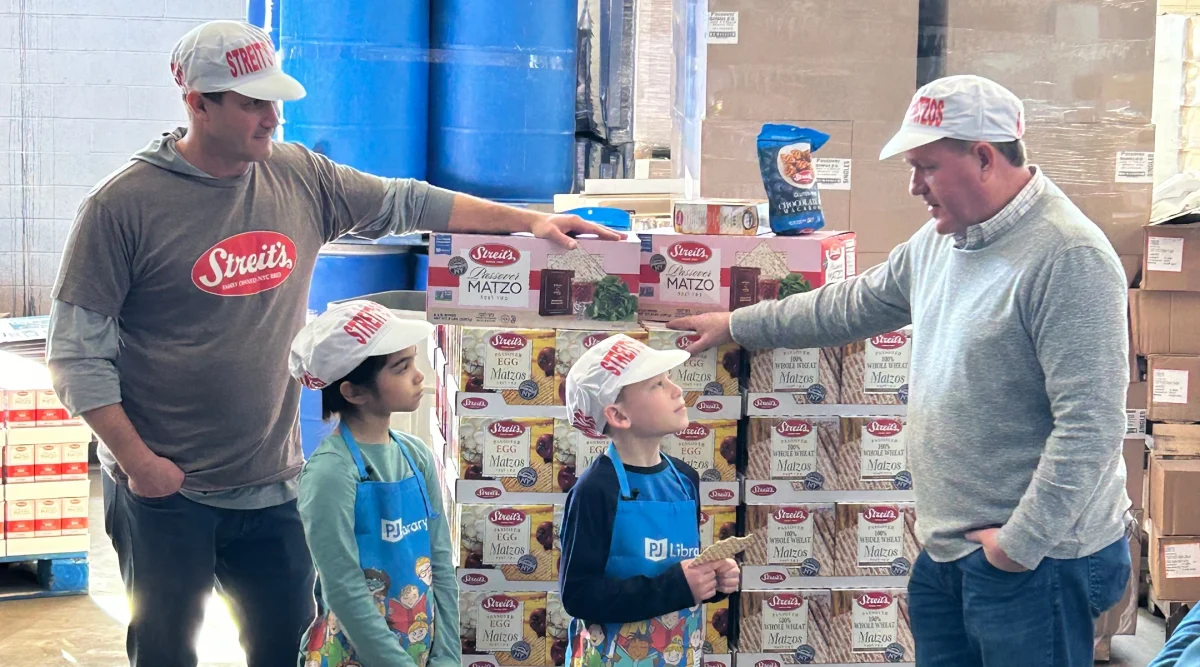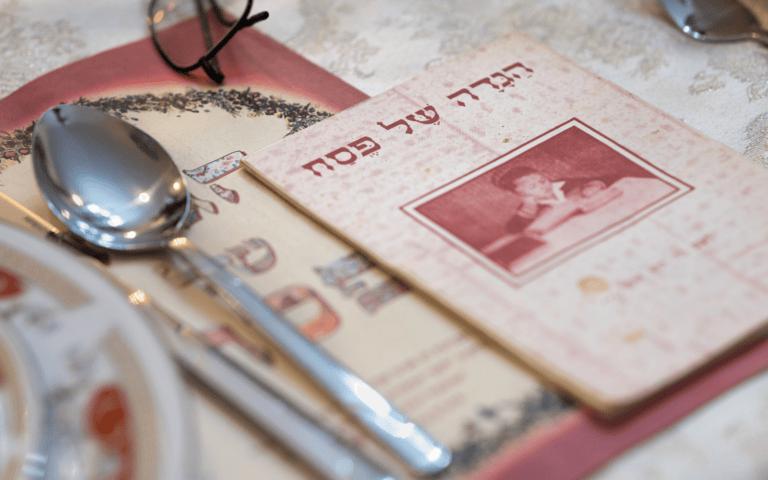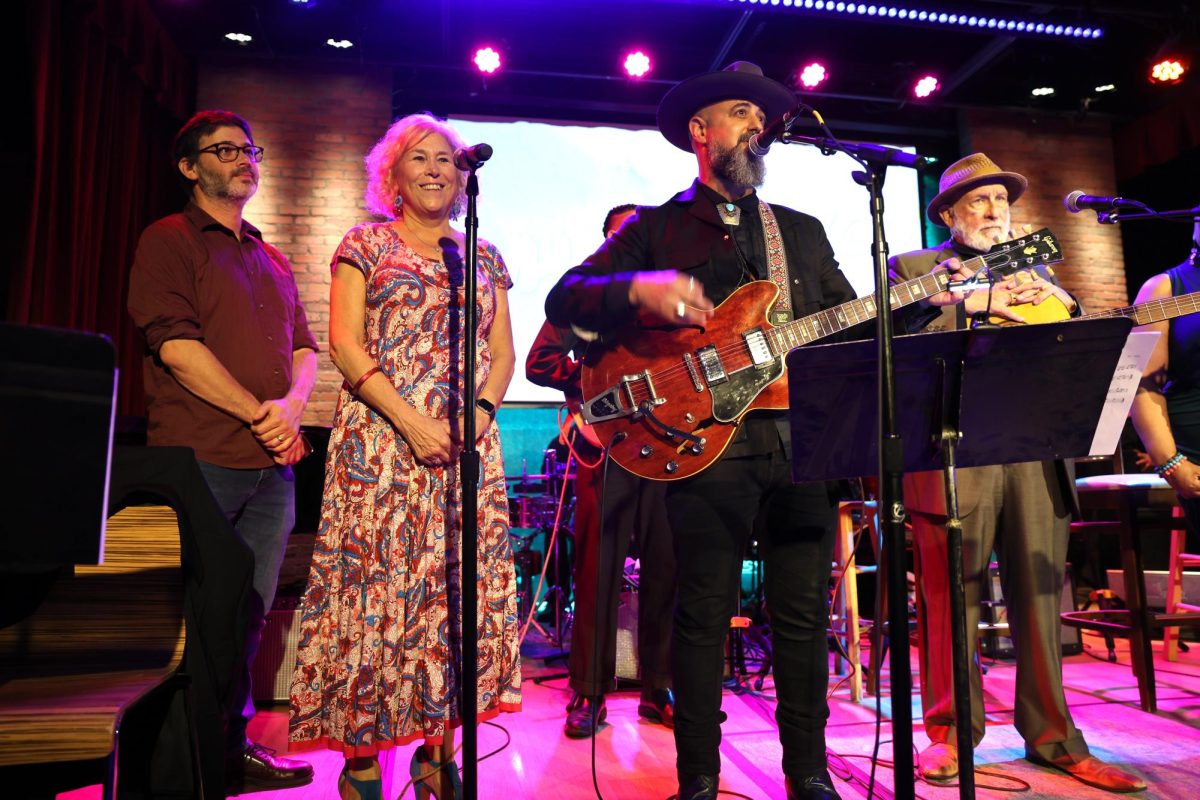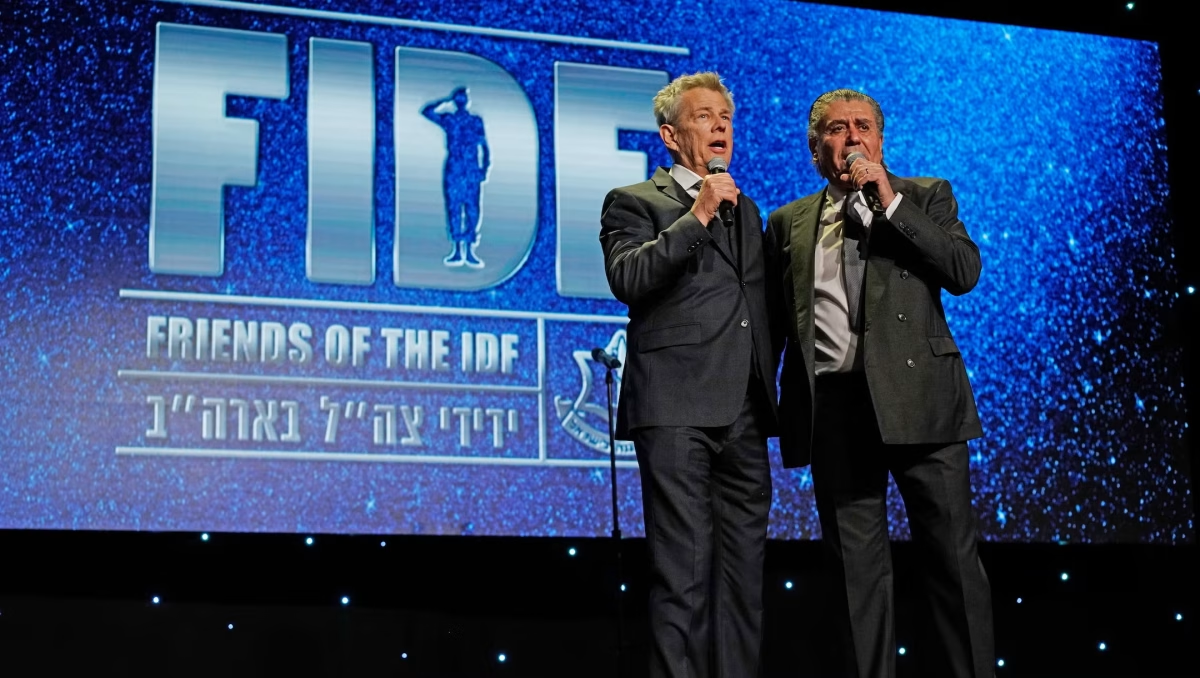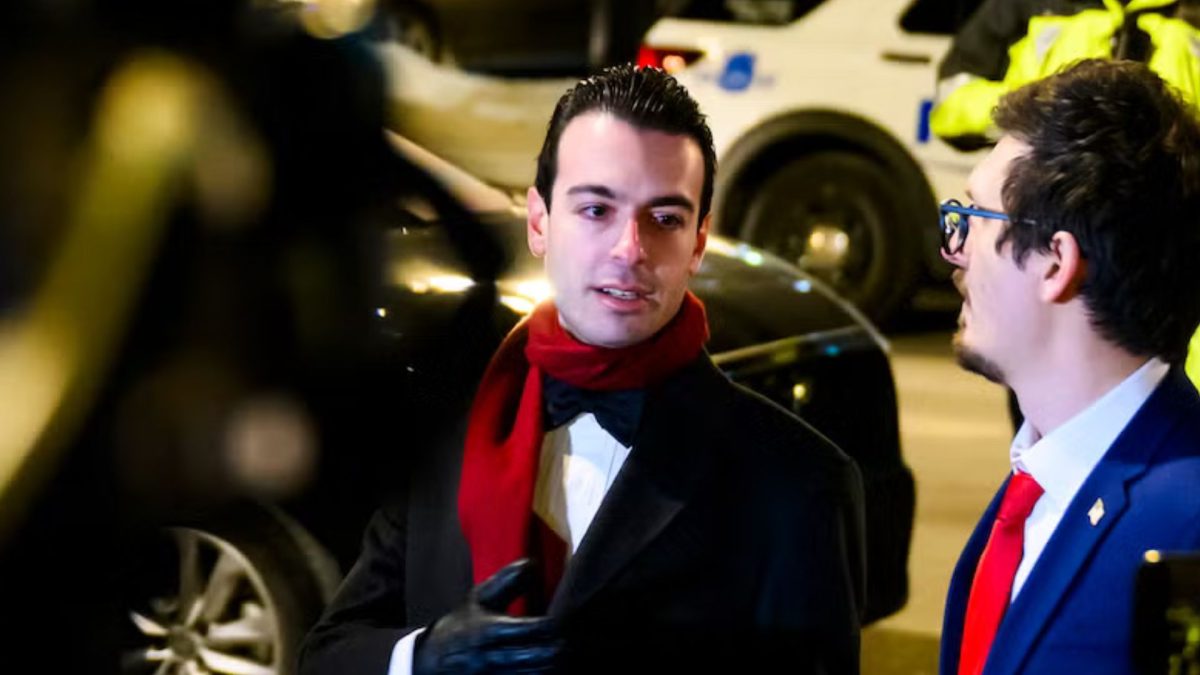No doubt when Passover begins at sundown Monday, April 22, thousands of St. Louis Jewish families will be marking the holiday with a seder that evening and possibly the next during the eight-day holiday.
Just as likely as the seder itself is having a unique family tradition (or traditions) that accompany the meal and the retelling of the Biblical story of Exodus — where God free the Israelites from slavery in Egypt. What follows are some of those unique stories from a half-dozen Jewish St. Louisans.
Ding-dong, here comes Elijah
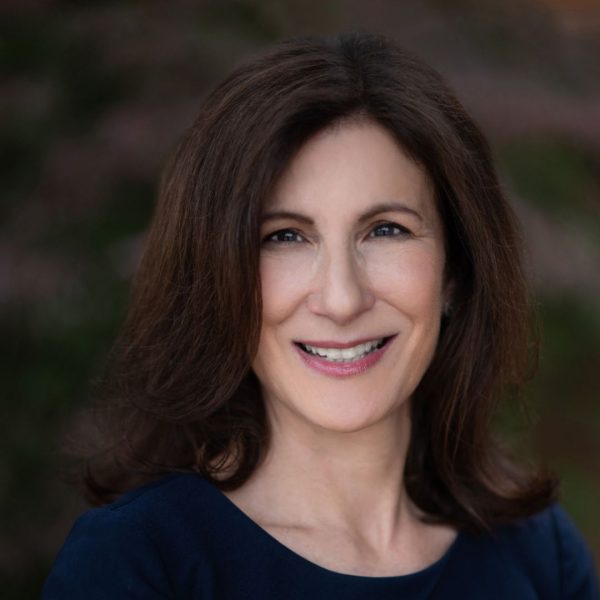
Rabbi Elizabeth Hersh’s father passed away in 2009. She says if she had the opportunity to ask him just one question, it would be: Did you take a sip out of Elijah’s cup at the seder?
“Because every year, wine went into my mother’s etched crystal wine glass. And every year, I sat staring at where the wine hit — like it was at the top of one of the etched leaves, or the middle of a leaf,” said Hersh, senior rabbi at Temple Emanuel. “I spent the majority of the seder staring so I would know exactly where the wine was and that way I would find out if Elijah really came.”
Hersh explained that as the youngest child in her family, she was the one who opened the front door for Elijah. “And I’d get back to the table and the wine would be moving back and forth in the cup. I wish I could have asked my father if he took a sip or knocked the legs of the table because every year I swore I knew exactly where it was. And when I got back to the table, the wine was moving, and I’d lost my surety. Of course, I could never figure it out.”
Hersh said that while she never believed in Santa Claus, or the Easter Bunny, or even the Tooth Fairy, she always believed in Elijah.
“Elijah was my favorite part” of the seder, she added.
No laughing matter
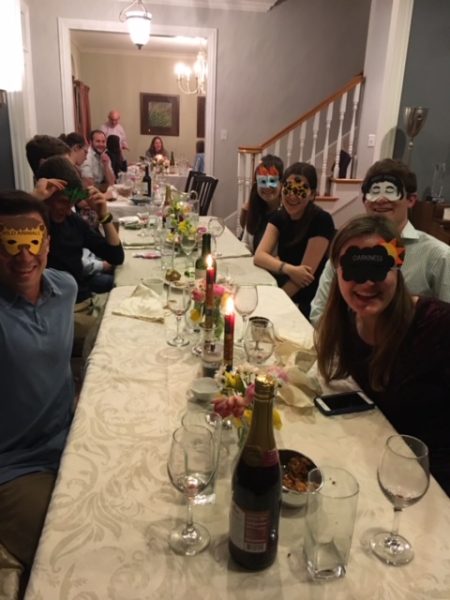
As a child, Carol Cohen says her family was more secular than observant, but they always had a seder at her aunt and uncle’s home with cousins, grandparents and other extended family. As she describes it, “it was a grand, formal affair complete with new outfits for all, fine china, silver, crystal and kitchen ‘help.’”
Cohen, who belongs to Temple Israel, said her uncle led the seder with an “iron fist.” Laughter was strongly discouraged.
“Each year, when it was time to find the afikomen, the kids were getting a little stir crazy and perhaps a bit punch drunk. We called it the ‘Alfred Kohlmann’ (an amalgam of family names) and cracked up hysterically each time one of us said the words,” said Cohen. “My uncle, wanting none of it, would put those who didn’t stop laughing in the corner, facing the wall, until we could contain ourselves. Always a highlight. One year he chose to make us eat a large spoonful of horseradish in lieu of the corner…this included my mother who was always a kid at heart and loved to play games.”
Apparently, the seder shenanigans didn’t stop there. One year, upon opening the door for Elijah, Cohen’s 15-year-old cousin walked in dressed as the TV detective, Columbo.
“We still talk about that 50-plus years later,” added Cohen.
“Finally, there was the year that one of my brothers, he was about 10 at the time, managed to switch his grape juice for real wine,” she recalled. “When it was time to look for the afikomen, we found him passed out on my aunt and uncle’s bed. His response was that he thought all the bottles were the same. Today, at nearly 64, he still drinks but won’t get near wine, preferring the bourbon of our home state of Kentucky.”
Poor baby
Barb Hoffman, a retired Congregation Shaare Emeth preschool teacher and community educator, is a creative storyteller. According to Barb’s daughter Jenny Hoffman, her mom has a longstanding seder tradition regarding the 10 plagues.
“She has the ‘plagues’ in paper gift bags of different sizes. We each get one,” said Jenny, a licensed social worker who belongs to Shaare Emeth. “There are the fun random frogs, bugs, etc. And then we have the ‘dead baby.’”
The “dead baby,” says Jenny, “is this super creepy old baby doll. My mom drew Xs over both eyes. It is always a great laugh and special treat when you randomly pull the baby out of your bag to represent the killing of the first born. Usually, she saves it for a special guest — someone who hasn’t been to our seder before. It’s an honor to get it.”
As weird and unnerving as the doll is, Jenny Hoffman expects that when the time comes — and hopefully, she says, it’s many, many, many years away – she and her two brothers will likely fight over who gets the dead baby.
Setting the table for discussion
Every year, Naomi Fishman’s family seder holds a thought-provoking discussion. Fishman’s adult children attend the annual event and years ago, she decided to use the occasion to talk about issues in the news and their connection to Judaism. The 2024 Fishman seder will likely include a conversation about Israel and climate change. Last year, they discussed teachings of Rabbi Meir Soloveichik.
“He felt that that Judaism played an important part in American history,” said Fishman, a member of Congregation B’nai Amoona. “For example, he tells the story about the beginning of the country, and that there was a need for a seal for the United States. Either Franklin or Jefferson suggested a seal that was an image of the Jews or Israelites crossing the Red Sea. Neither of the seals were chosen, but he gave that as an example of the closeness between the United States and Judaism. I think we’ve come a long way.”
Fishman doesn’t tell her children and grandchildren the discussion topic ahead of time. She does prepare for the seder topic as carefully as she cooks the food and sets the seder table. Usually, there are about three subjects.
“If I can select three ideas that might make an impression, that’s my goal,” she said.
You don’t need to be Jewish to love a seder
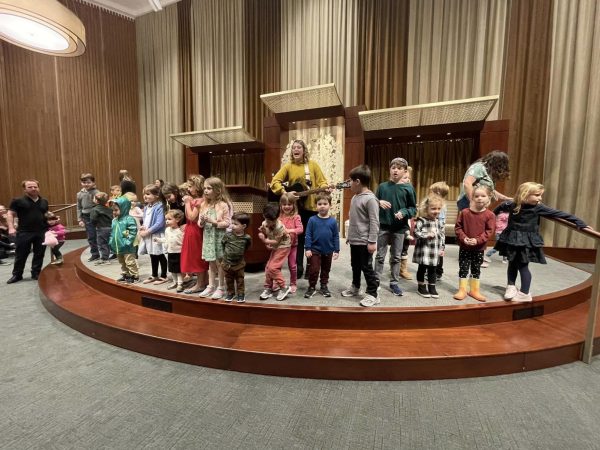
Megan Higgins and her family have held a Passover seder for several years, focused on food and song. The Higgins’ also celebrate Hanukkah. But they are not Jewish. Higgins, a.k.a. “Miss Megan,” has been a music teacher and song leader at Temple Israel for 12 years.
“I have a 7-year-old and a 5-year-old and they basically were born here in this community and went to preschool here for nine years,” said Higgins, 43. “For us being in the community and learning about our friends here and what they celebrated has been an amazing journey for us. Once I started learning about all the holidays, we really embraced that for our family.
“We base the meal off of one of our favorite songs that we sing here about all the kinds of foods that you eat for the Passover, so we had matzah and we had gefilte fish,” she said. “My husband actually made homemade gefilte fish, which was really fun. And we have matzah ball soup, horseradish, and charoset —the six foods highlighted in the song.”
Higgins, who was raised Catholic, said there are a number of similarities between Catholicism and Judaism. She believes her Passover seder is a good way of introducing other faiths and customs to her children and teaching them respect and compassion for others.
“Truth be told, my daughter told her first-grade teacher this year that she was Jewish because we celebrate Jewish holidays as well as some of the Christian holidays, too,” added Higgins.
A plate that feeds connections
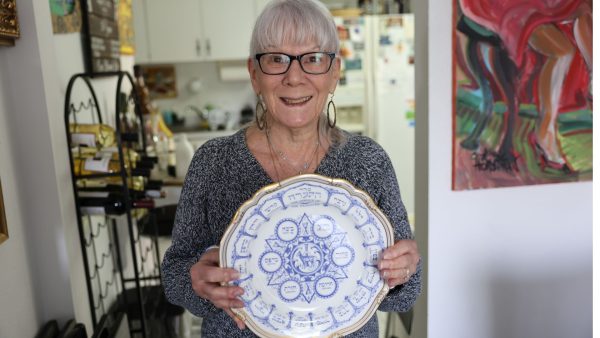
Marilen Pitler has a seder plate that holds great meaning. Every Passover, she looks at the plate and thinks about the many happy years she spent with her late husband Jordan. The plate was a gift to the Pitlers from friends at Temple Chai in Buffalo Grove, Ill., when they moved to St. Louis.
“It’s a Spode China seder plate,” said Pitler, 80. “I’ve had it for 42 years. It has always been a treasure in our household. We were founding members of Temple Chai and part of a chavurah. We had a large group of friends who gave it to us. I also still have a book with the names of the members of that group. it has memories—the memory is associated with that that group of people.”
Pitler, a member of United Hebrew Congregation, doesn’t use her special plate for seders, but it holds a special place in her heart.
| RELATED: “MATZA MIA: Six13’s Passover parody is the matzah ball of musical mashups!





